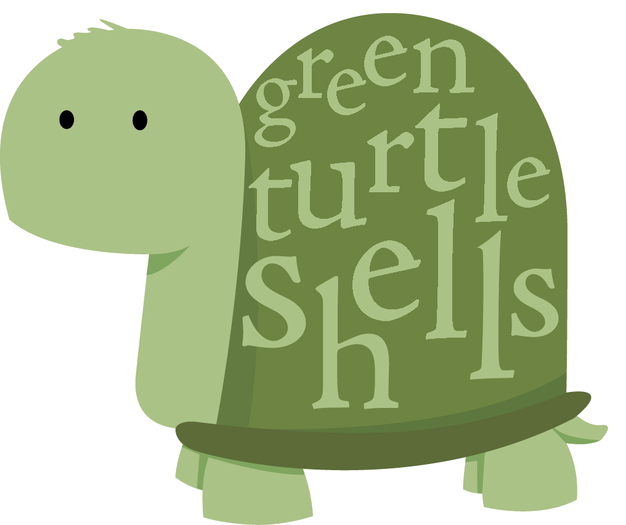
Station Day is coming up on Lesson 15! A circuit of musical stations will be set up for the kids to rotate through. Each station will review the skills and concepts taught in class. One of the stations will be an 'interview' with me to show you how much your student has accomplished this fall!
Just a sneak peak at some of the musical skills and concepts that have been taught during Green Turtle Shells.
Skills:
1. Keyboard posture, hand & finger placement
2. Clapping & counting 4 count rhythms using rhythm cards
3. Playing steps and skips from notation
4. Playing primary chords with RH without looking at hand
5. Playing intervals of a 2nd, 3rd, & 4th
6. Playing individual fingers (SFMRD)
Concepts:
1. Identifying middle C
2. Identifying C & F by playing on keyboard
3. Demonstrates knowledge of finger numbers
4. Identifying bug rhythms
5. Distinguishing steps & skips on staff
6. Identifying primary chords by notation
7. Identifying intervals by notation
8. Identifying melodic patterns by notation
Celebrate Connection
A few ideas to bring playfulness to practice time!
Make up a song for 1-2 minutes at the beginning or end of practice time
Have a digital piano or keyboard at home? Change the "voice" for every song you play.
After you've finished all your songs, roll a die and have chocolate chips, raisins, tiny marshmallows, etc. according to the number rolled.

Blue Sky
Every time the word BLUE is said in this song we play a Blue Chord. Can you make up your own song with the Red, Blue, and Yellow Chord? Every time you or your child sings the color, play the corresponding chord! Check for correct fingerings!
Primary Chord Transitions
Transitioning between the primary chords should now be somewhat mastered by the RH. Enjoy playing “The Fabulous 5”: a fun game to help your student reinforce chord transitions! Invite your student to play the red and blue chord 5 times back and forth, back and forth (or the red to yellow whatever they need the most to work on.) The only catch is it has to be perfect! No mistakes whatsoever. If they mess up they get to start over. Once they can do this 5 times in a row perfectly, they get a HIGH 5 from you with oodles of fabulous praise!
Can't Bug Me: Rhythm Ensemble
The games we play with our percussion instruments help us practice sight reading rhythms, but just as importantly, they help us practice ensemble skills. It takes practice to come in all together, to keep a steady beat internally to stay together, to keep up with the group even when we make mistakes, and to listen to each other to sound like one. WOW!

Harmony Happenings
Our journey to learn harmony started last year singing a repeating pattern alongside a melody (Ding dong in Hear How the Bells). Then we sang in a round (3 Blind Mice). This year we’ve worked on a counter melody or two melodies sung on top of each other (Horsey Horsey). Then we introduced a 4-part counter melody (Solfege Seafriends). They are growing and learning so much!


Comentários